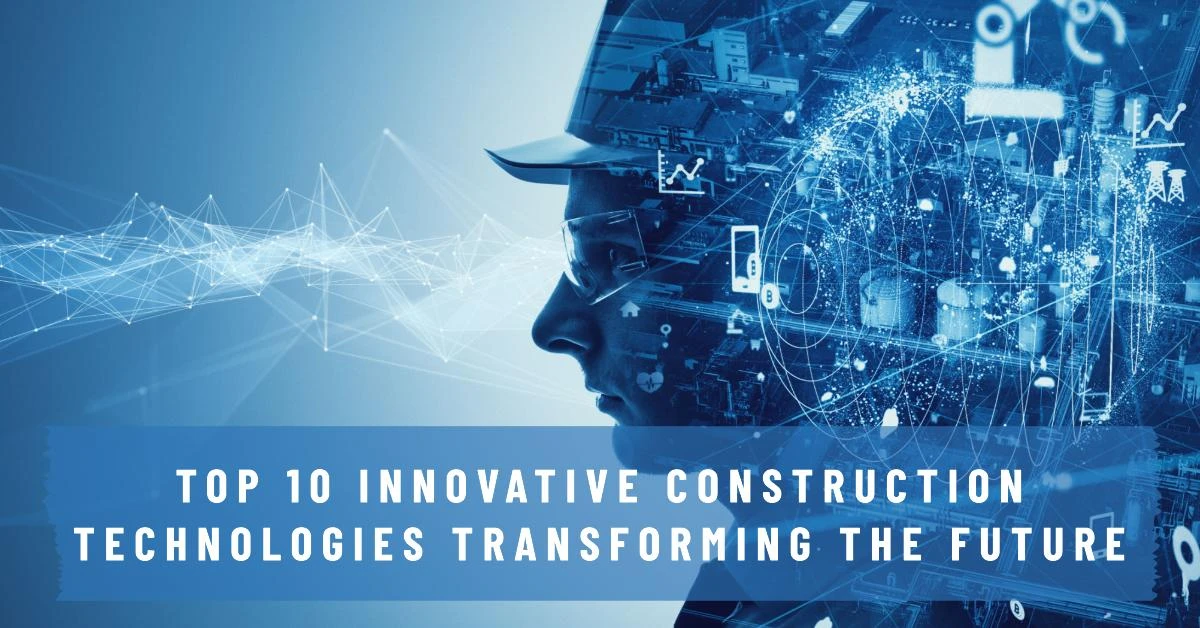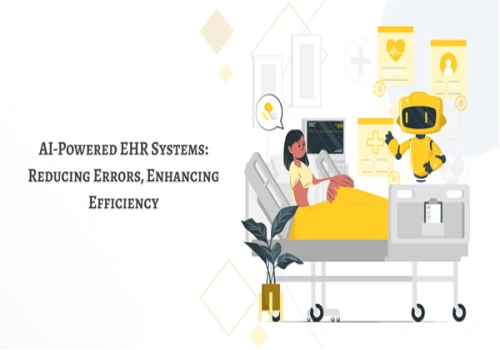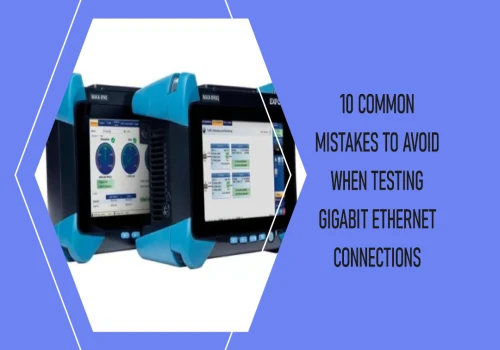
The construction sector is currently experiencing rapid changes owing to the increasing application of new technologies. The market size of the construction sector was valued at nearly two trillion U.S. dollars in 2023, and it is expected to keep rising. In light of the increasing call for better performance and efficiency at lower costs, construction professionals have started embracing technological advancement to increase the efficiency of their operations.
The following are the major construction technology trends that are defining the future of construction.
Top 10 Innovative Construction Technologies Shaping the Future
#1. Virtual and Augmented Reality
Virtual Reality (VR) Augmented Reality (AR) has redefined construction professionals and how they conceive the way they envision their work. These technologies enable stakeholders to engage in a graphical rendition of the building designs and have a feel of the project before the commencement of the project. Through AV/VR, the construction teams can define potential problems in the construction process, which help make the right decisions with fewer errors on costs.
#2. Drones
Drones have become important assets when it comes to avionic surveys of construction sites, inspection of structures, and condition surveys of progress in construction. Technologically enhanced by HD cameras and sensors, drones can capture photo-realistic impressions of construction sites, as well as deliver factual data that can be immediately further processed.
This helps to minimize the use of manpower and increase responses on-site inspections. Drones also enhance safety by allowing for remote inspections in hazardous areas, making them a key part of modern construction management software that helps streamline project oversight.
#3. Blockchain Technology
The utilization of Blockchain technology in construction is gradually becoming one of the solutions that would revolutionize this aspect of the built environment as it creates more secure and efficient processes when it comes to actions such as managing contracts, payment, and supply chain among others. This is important because by making the record of all transactions in a block to be unchangeable effectively reducing fraud and disputes.
According to some data, Blockchain technology is forecast to increase to nearly 1,000 trillion U.S. dollars by 2032. This technology is emerging as crucial for improving interpersonal trust and cooperation among stakeholders such as contractors and suppliers and is central to realizing advanced project performance.
#4. Digital Twin
A digital twin can be described as an imitation of a construction project in the real physical realm which is produced by input from sensors and other devices. This technology makes it possible to track and evaluate the performance of the building over its use cycle.
By incorporating changes in the digital twin, construction teams can analyze different construction situations, develop efficient maintenance parameters and, on the basis of the identified trends, make predictions for problem occurrence. The use of digital twins in the construction processes provides enhancement on the manner in which assets are handled in construction projects to provide optimal long-term results for any constructed project.
#5. 3D Laser Scanner
3D laser scanning helps to establish extremely accurate models of the existing physical environment. The devices operate by projecting laser beams that bounce off objects and surfaces and other objects detect the reflected light, creating a three-dimensional point cloud data, which can then be translated into accurate models.
This technology is used in applications such as making as-built models, site surveys, and modifications. It helps in bringing in a level of measure or standard that is helpful in minimizing errors and enhancing the time taken on projects.
#6. 4D Simulation
4D simulation technology extends the 4th dimension on the 3D models and enables construction teams to see the timeline of a project. Thus, including time into the models provide a better vision of activities and sequences, and discover the time-limitation problems, for the benefit of the construction schedules to the stakeholders. This technology allows for improved organization and scheduling; we know that resources will be used properly, as will time.
#7. Building Information Modeling
Building Information Modelling (BIM) has become a cornerstone of modern construction projects. BIM also enables the making of models where the model elements can capture all parts of a building such as structural parts and wiring diagrams. This technology helps all members of the project such as architects, engineers, and contractors, to work together since they are all working from up-to-date information.
#8. 3D Printing
The application of 3D printing technology is steadily growing popular in the construction market due to the opportunity to create unique complex forms and ribs on demand. This technology helps to save much money that is wasted in the preparation of excess material which is not needed in the process.
#9. AI/ML
AI or ML is impacting the construction industry by providing means to automate processes and make decisions with the help of data collected. According to data, the Artificial Intelligence market worldwide is projected to grow by 28.46% (2024-2030) resulting in a market volume of US$826.70bn in 2030.
By using automated applications based on artificial intelligence it is possible to obtain information from large amounts of data from construction sites, including patterns and outcomes that people are not capable of recognizing.
Information from wearable devices as well as sensors enhances construction schedules, equipment failures forecast, and safety conditions. These technologies are integral to the ongoing digital transformation in construction, providing powerful tools for improving efficiency and reducing costs.
#10. IoT
The Internet of Things (IoT) is revolutionizing construction by connecting various devices and sensors to collect real-time data from the construction site. These sensors can monitor equipment health, track worker movements, and measure environmental conditions, providing valuable insights into the performance of both people and machines. IoT devices enable better decision-making, enhance safety, and improve asset management by offering continuous, real-time feedback.
Conclusion
The future of construction is being shaped by a range of innovative technologies that are enhancing efficiency, safety, and sustainability. From construction management software to AI-powered systems, these technologies are not only transforming the way projects are planned and executed but are also improving the quality and longevity of the buildings themselves. As the construction industry continues to embrace these advancements, it will see even greater strides toward achieving smarter, more efficient, and more sustainable outcomes.






